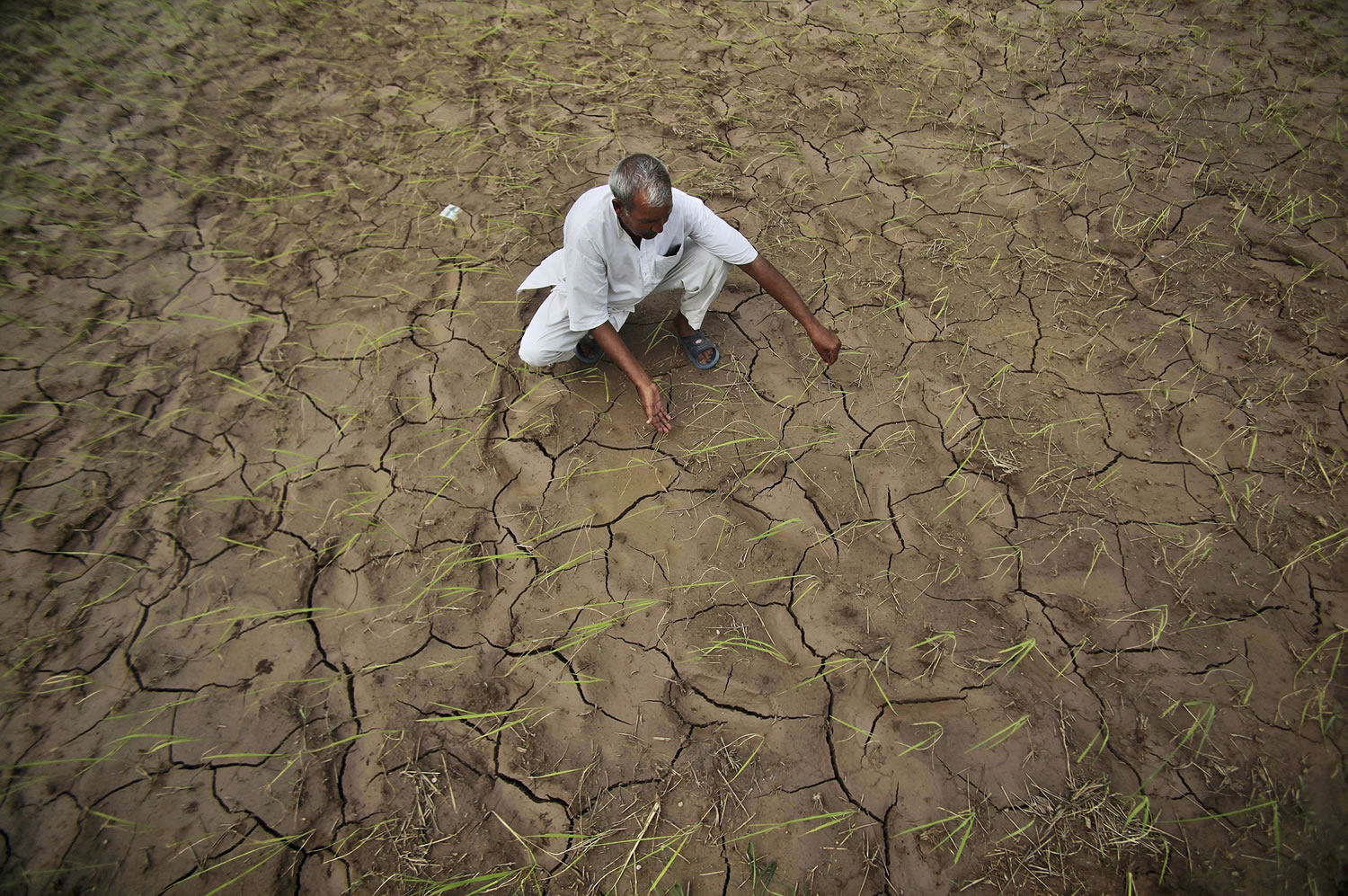WASHINGTON — In the more than two decades since world leaders first got together to try to solve global warming, life on Earth has changed, not just the climate. It’s gotten hotter, more polluted with heat-trapping gases, more crowded and just downright wilder.
The numbers are stark. Carbon dioxide emissions: up 60 percent. Global temperature: up six-tenths of a degree. Population: up 1.7 billion people. Sea level: up 3 inches. U.S. extreme weather: up 30 percent. Ice sheets in Greenland and Antarctica: down 4.9 trillion tons of ice.
“Simply put, we are rapidly remaking the planet and beginning to suffer the consequences,” says Michael Oppenheimer, professor of geosciences and international affairs at Princeton University.
Diplomats from more than 190 nations opened talks Monday at a United Nations global warming conference in Lima, Peru, to pave the way for an international treaty they hope to forge next year.



